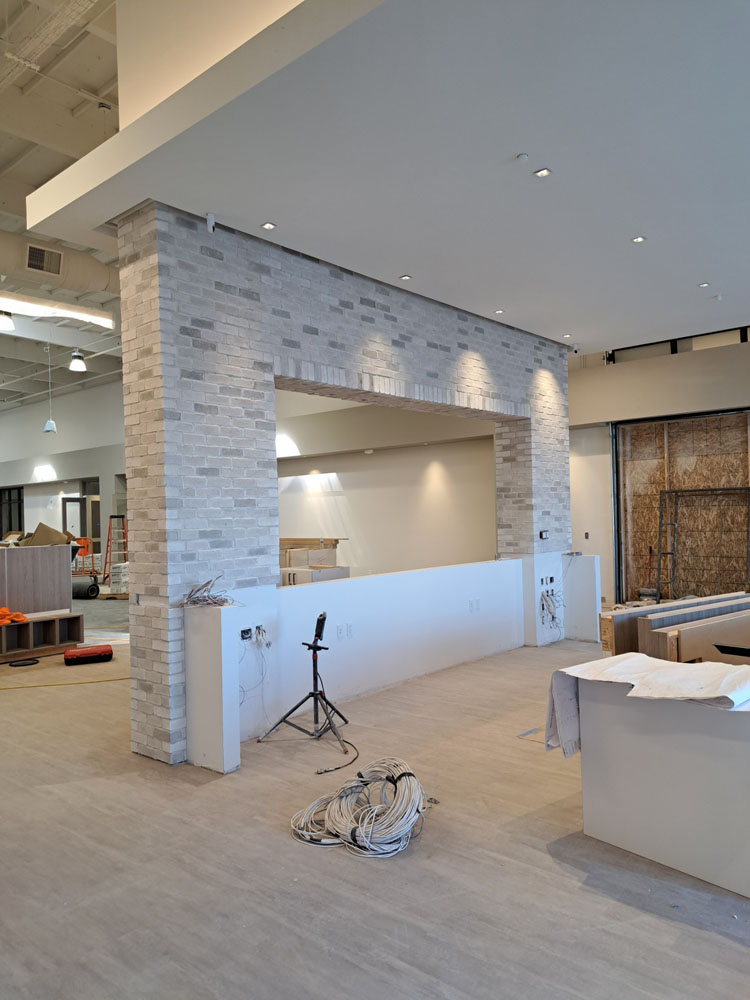Introduction
Brick structures have long been celebrated for their durability, aesthetic appeal, and ability to withstand the test of time. However, one significant threat looms over these robust edifices: moisture. This article dives deep into how moisture affects brick structures and what to look for. Whether you're a homeowner, a property manager, or simply someone interested in architecture, understanding the impact of moisture is crucial.
Understanding Brick as a Building Material
Brick has been used in construction for thousands of years due to its strength and versatility. Often made from clay or shale, bricks are fired at high temperatures to create a durable product that can endure various weather conditions.
The Composition of Brick
Bricks are composed primarily of clay mixed with water and other additives. The firing process removes most moisture but allows for some porosity, which can be both a boon and a bane when it comes to moisture management.
Properties of Brick Relevant to Moisture
- Porosity: Allows bricks to absorb water. Thermal Mass: Helps regulate indoor temperature. Durability: Can withstand extreme weather when properly maintained.
How Moisture Affects Brick Structures and What To Look For
Moisture can be detrimental to brick structures in several ways. Understanding these effects helps in identifying potential problems before they escalate.
Types of Moisture Damage
Efflorescence: This occurs when water-soluble salts rise to the surface of bricks as moisture evaporates, leaving unsightly white stains.
Spalling: Excessive moisture can cause bricks to crack and flake away—this is known as spalling. It usually happens during freeze-thaw cycles.
Cracking: Water infiltration can lead to structural cracking in mortar joints and bricks themselves.
Mold Growth: Persistent dampness creates an ideal environment for mold growth, which poses health risks.
Deterioration of Mortar: Continuous exposure to moisture can weaken mortar joints between bricks, compromising structural integrity.
Signs of Moisture Damage in Brick Structures
Recognizing the signs early on can save you from costly repairs down the line:
- Staining or discoloration on brick surfaces Cracked or crumbling mortar Presence of mold or mildew Damp patches on interior walls Efflorescence deposits
The Role of Weather Conditions in Moisture Accumulation
Weather plays a significant role in how moisture interacts with brick structures:
Rainfall Patterns
Heavy rainfall can saturate brick walls, leading to all sorts of moisture issues if proper drainage systems aren’t implemented.
Humidity Levels
High humidity levels contribute significantly to condensation within buildings, fostering an environment conducive to mold growth.
How Landscape Affects Brick Structure Moisture Levels
Your landscape can either exacerbate or alleviate moisture issues:
Poor Drainage Systems
If your property has inadequate drainage systems—like gutters that overflow—water may pool around your foundation, increasing the risk of moisture damage.
Vegetation Proximity
Plants close to your structure might retain moisture against the walls; consider maintaining distance masonry repairs near Sherwood between garden beds and foundations.
Preventative Measures Against Moisture Damage
Regular Inspections by a Masonry Contractor
Employing a qualified masonry contractor ensures that any signs of wear and tear are addressed promptly. Regular inspections help catch minor issues before they become significant problems.
Proper Drainage Solutions
Installing effective drainage solutions like French drains or sump pumps can divert groundwater away from your foundation, significantly reducing moisture risks.
Waterproofing Treatments for Bricks
Consider applying waterproofing coatings specifically designed for masonry products. These coatings help repel water while still allowing the material to breathe.
Control Interior Humidity Levels
Maintaining indoor humidity levels below 60% using dehumidifiers can minimize condensation issues within brick homes or structures.
Dealing with Existing Moisture Problems
Identifying Source Issues
Sometimes it takes some detective work! If you've noticed signs of damage, first identify whether it's external (like rain) or internal (like leaks).
Repairing Damaged Mortar Joints
Repointing involves removing old mortar and replacing it with new material—a task best left to professionals who understand the nuances involved in working with different types of brick materials.
Cleaning Efflorescence
Efflorescence is often more than just cosmetic; however, cleaning it off prevents further buildup and protects your home’s appearance!
FAQs About Moisture's Effect on Brick Structures
What causes efflorescence?
Efflorescence is caused by water-soluble salts moving through bricks due to rising dampness; no one wants those white stains ruining their beautiful walls!
How do I know if my brick structure is at risk?
Look out for cracks in mortar joint lines or unusual staining – both indicators that something might be amiss behind those sturdy walls!
Can I waterproof my own brick walls?
While DIY waterproofing solutions are available, hiring an experienced masonry contractor ensures correct application techniques tailored specifically for your building type will yield better results!
Is mold dangerous?
Absolutely! Mold growth not only damages materials but also poses serious health risks for inhabitants—be vigilant about identifying sources early!
What should I do if my basement floods?
First things first—shut off electricity! After ensuring safety protocols have been followed get professional help immediately; ignoring flooding could lead down a slippery slope toward bigger structural dilemmas later!
li19/ol2/hr1hr1/##
This article provides comprehensive insights into how moisture impacts brick structures while emphasizing preventive measures that homeowners should take seriously!
